By Melody Wright, LMFT
Have you ever felt so stressed and overwhelmed that you feel disconnected from yourself and those around you? It’s like being frozen in your tracks, yet your mind races with calculating the best next step. Where 30 minutes or even an hour could go by but it only felt like a few minutes? This is more common than you think! It’s no secret that we live in a world that constantly demands our attention and pulls us in countless directions. It makes it almost impossible to remain in the present moment. However, there is power in embracing the present moment and living a mindful life. Cultivating mindfulness brings awareness, gratitude, and a deeper connection with ourselves and the world around us. So how exactly do we harness the power of the present moment? In this blog, we will explore how to embrace mindfulness and discover how embracing the power of the present moment can transform our lives.
What is Mindfulness?
At its core, mindfulness is the practice of being fully present and engaged in the moment you’re in without creating judgment or attaching it to past or future events. It involves cultivating a state of increased awareness and acceptance, which allows us to experience life with more clarity and ultimately permits us to live with authenticity. Engaging in mindfulness encourages us to acknowledge and accept our thoughts, and emotions without trying to control or resist them. By engaging with the present, we can break free from the “autopilot mode” that can dominate our lives. Rather than being carried away by regrets of the past or consumed by anxieties of the future, we learn to anchor ourselves in the now. This anchoring empowers us to respond consciously to the circumstances of our lives, which cultivates resilience, peace, and self-awareness.
Mindfulness also involves establishing a compassionate and non-judgmental attitude toward ourselves and others. It invites us to observe our inner experiences with curiosity and kindness, without labeling them as good or bad. This non-reactive stance creates space for self-reflection, self-compassion, and the potential for personal growth and transformation. Mindful living is an ongoing journey of self-discovery where we consciously choose to dwell in the present moment.
What are the Benefits of Engaging in Mindfulness?
There are many benefits to having mindfulness as a tool in your life. It can create a sense of calm and inner peace, which can reduce stress and anxiety. Mindfulness also enhances our emotional well-being by promoting self-compassion and acceptance which can pour over into our relationships. As we learn to listen attentively, communicate more effectively, and empathize with ourselves, we may find that our understanding and communication improve with those around us. Additionally, mindful living can boost our productivity and creativity by sharpening our focus and enabling us to engage fully in our tasks.
Ways to Practice mindfulness
Now that we’ve talked about the importance of engaging in mindfulness, I’m sure you’re wondering how to cultivate it. Here are a few tips to start your journey.
Practice Gratitude: Regularly expressing gratitude creates a positive mindset and shifts your focus to the present moment. You can do this by journaling or starting your day by finding 3 things to be grateful for
Using Breathing Techniques: Take a few moments each day to focus on your breath, observing its natural rhythm. You can even perform different breathing techniques such as box breathing, alternating nostril breathing, or deep breathing. This simple practice helps anchor your awareness in the present moment and also allows you to connect with what your body might be telling you as well.
Become Aware Of Your Senses: When you pause and pay attention to the sights, sounds, smells, tastes, and textures you can fully engage with your environment and embrace each sensory experience.
Non-judgmental Observation: When you notice your thoughts and emotions without judgment you can let them come and go. This allows you to detach yourself from those thoughts and emotions and develop a deeper understanding of what you might be experiencing internally.
Go to a Holistic Therapist: Engaging with a Holistic Therapist will give you a support system and the tools you need to learn more about mindfulness and self-awareness. Living mindfully can be challenging for some, and having this safe, supportive space can create confidence and accountability to encounter the self-growth you desire.
Final Thoughts
In a world that often pulls us away from the present, mindfulness allows us to find peace and fulfillment. It’s not something that can just be flipped on, it's an ongoing journey. By embracing this practice, we can discover a profound sense of joy and purpose. If you are ready to engage in this transformative path and cultivate a life filled with mindful awareness, reach out to one of our therapists today. You can schedule a free consultation HERE.
Additional Resources
If you would like to learn more about mindfulness, check out the resources below!
"Mindfulness for Beginners: Reclaiming the Present Moment and Your Life" by Jon Kabat-Zinn
The Healing Power of Mindfulness: A New Way of Being" by Jon Kabat-Zinn
"Wherever You Go, There You Are: Mindfulness Meditation in Everyday Life" by Jon Kabat-Zinn
The Power of Now: A Guide to Spiritual Enlightenment by Eckhart Tolle
"Radical Acceptance: Embracing Your Life with the Heart of a Buddha" by Tara Brach
Think Like a Monk: Train Your Mind for Peace and Purpose Every Day by Jay Shetty
**Some product links are affiliate links, which means we'll receive a commission if you purchase through our link, at no extra cost to you. Please read the full disclosure here.














